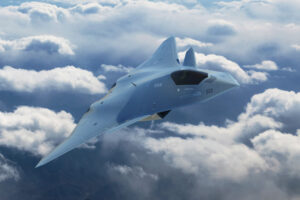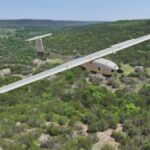
Collins Aerospace [RTX] sees the U.S. Air Force Next Generation Air Dominance (NGAD) fighter and other military systems as opportunities for its Perigon flight control computer, which the company announced this week and which is to have at least 20 times the processing power of current Collins Aerospace vehicle management computers. While Perigon is not on the NGAD flight demonstrator disclosed by the Air Force last year, "we are talking with next generation air framers to try and get our…














